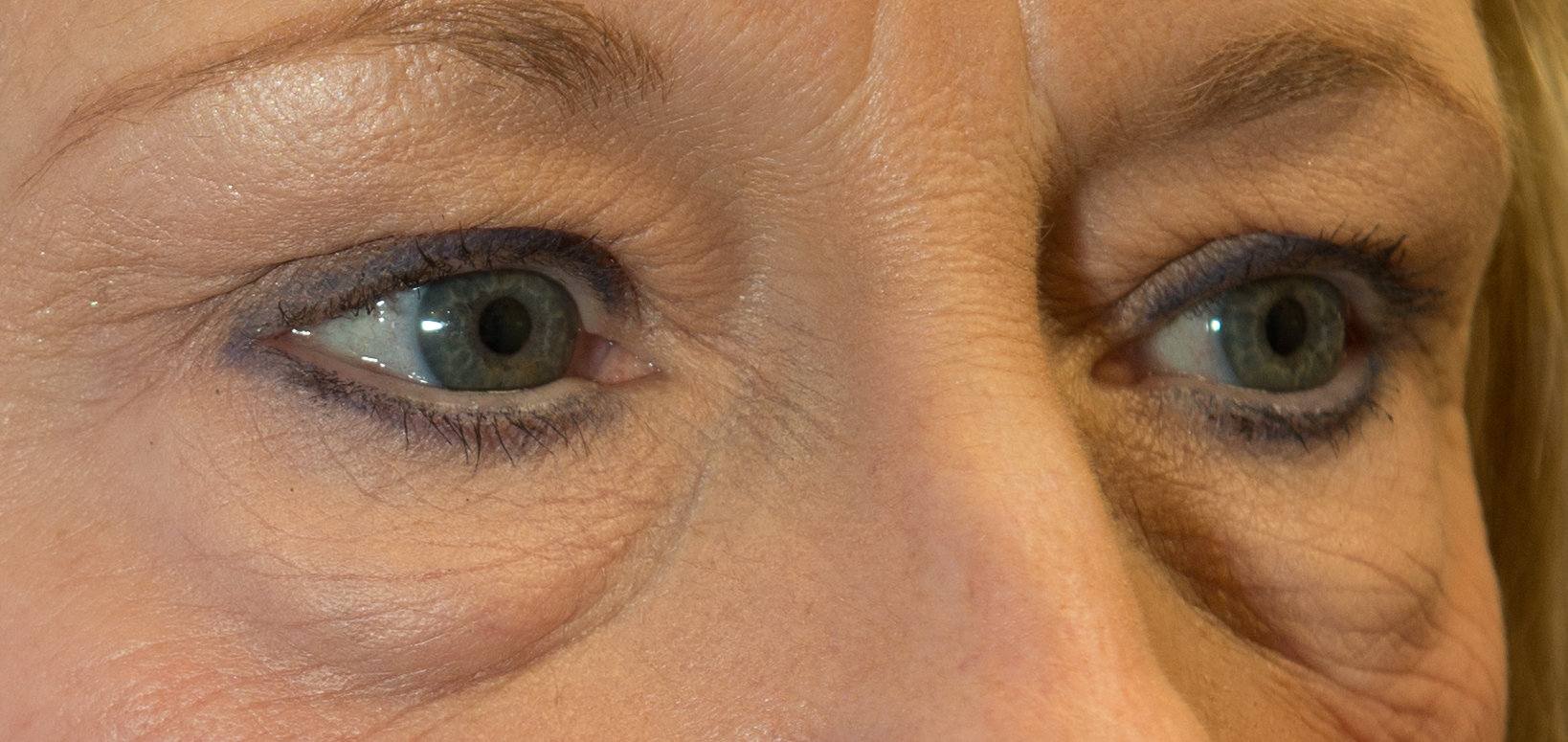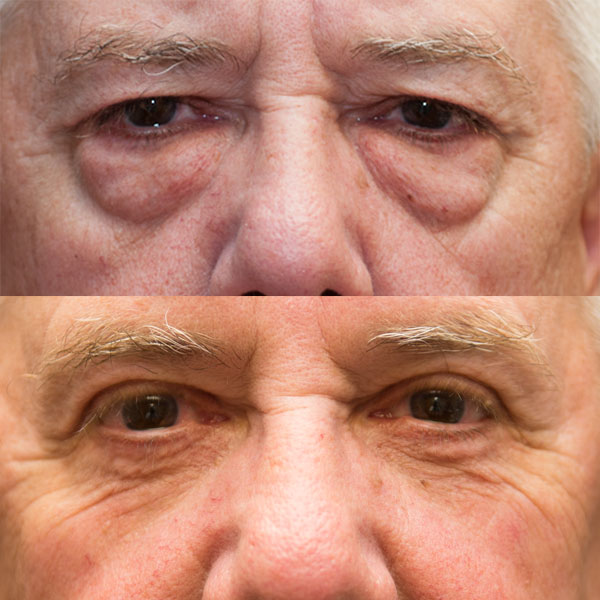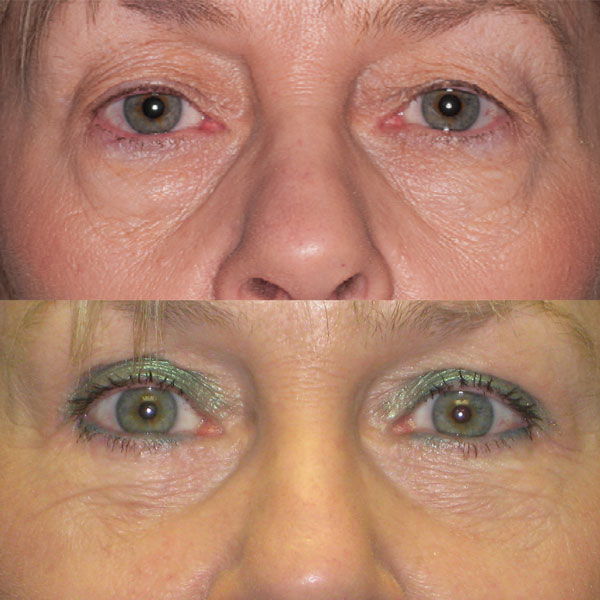In our office, we see people everyday who are dissatisfied with the appearance of their lower eyelids and are seeking lower eyelid blepharoplasty. Whether it be due to bags that have formed or deep tear trough lines, the lower eyelids can make give us a tired or even ill appearance. We’ve written before about lower eyelid bags and shadows and it is important to figure out if your problem can be easily remedied, or if surgery is in order. When, with the help of an oculoplastic surgeon, you determine that you will need some surgical intervention, it helps to know your options and the best techniques to achieve a good result.
What lower eyelid blepharoplasty (eyelid lift) complications can occur?
Over the past 30-40 years, lower eyelid blepharoplasty has changed tremendously. As surgeons have gained a better understanding of facial anatomy, facial aging and how the tissues respond to surgery, their techniques have evolved. The standard practice for lower eyelid blepharoplasty used to be creating an incision below the eyelashes, dissecting through the muscles and soft tissue layers, exposing and removing fat, then removing excess skin and closing up. This technique worked for some, but very often caused scarring in the lower eyelids, which pulled them down and/or out away from the eye. Patients would end up with dry, irritated eyes, eyelid redness, and possible inability to close the eyes. Others may not have scarring, but the removal of fat alone would cause a hollow appearance, especially in thinner patients.
How is lower eyelid blepharoplasty performed today?
Techniques evolved and most surgeons have updated how they perform the surgery. We now commonly make our incisions through the inside of the eyelid to access the excess fat. This avoids dissecting through tissues that commonly cause detrimental scarring. The three fat pockets of the lower lid can be partially removed, or the fat can be moved into areas, such as the tear troughs, where it is missing causing a sunken appearance. Once the fat is repositioned or removed, a small amount of extra skin can be removed through an incision below the eyelashes, without any dissection that can cause scarring. We also will often tighten the lower eyelid from the outside corner to ensure it stays in a youthful position and doesn’t pull down or away.
What is the recovery for lower eyelid blepharoplasty?
Eyelid surgery almost always causes bruising and swelling, though this may vary in intensity. Bruising resolves in 1-2 weeks and swelling can take 1-4 weeks, but longer in some individuals. Pain is minimal, but some have itching as they heal.
What will I look like after lower eyelid blepharoplasty?
Check out our before and after photos by clicking here. Here are a few examples:
If you have questions, email Dr. Harris at [email protected], or call our office at (801)264-4420. To read what other surgeons have written on the subject, start by clicking here.



